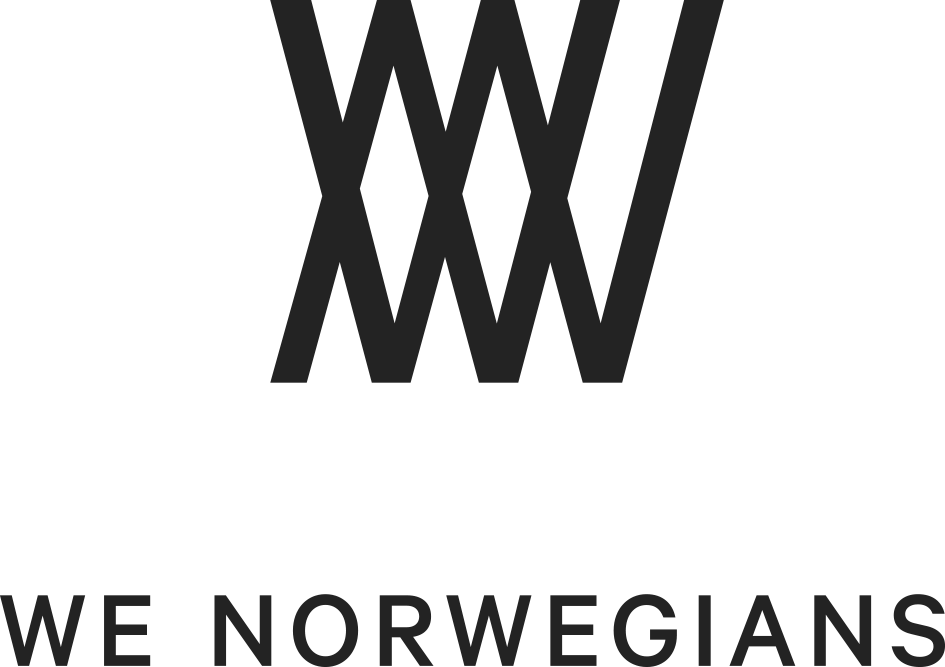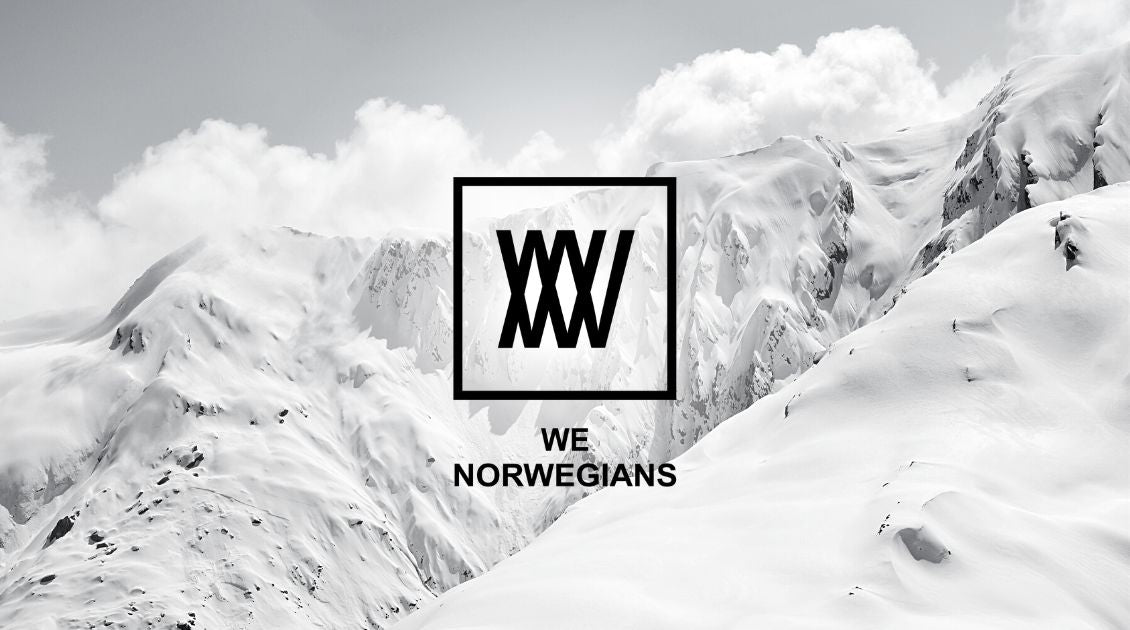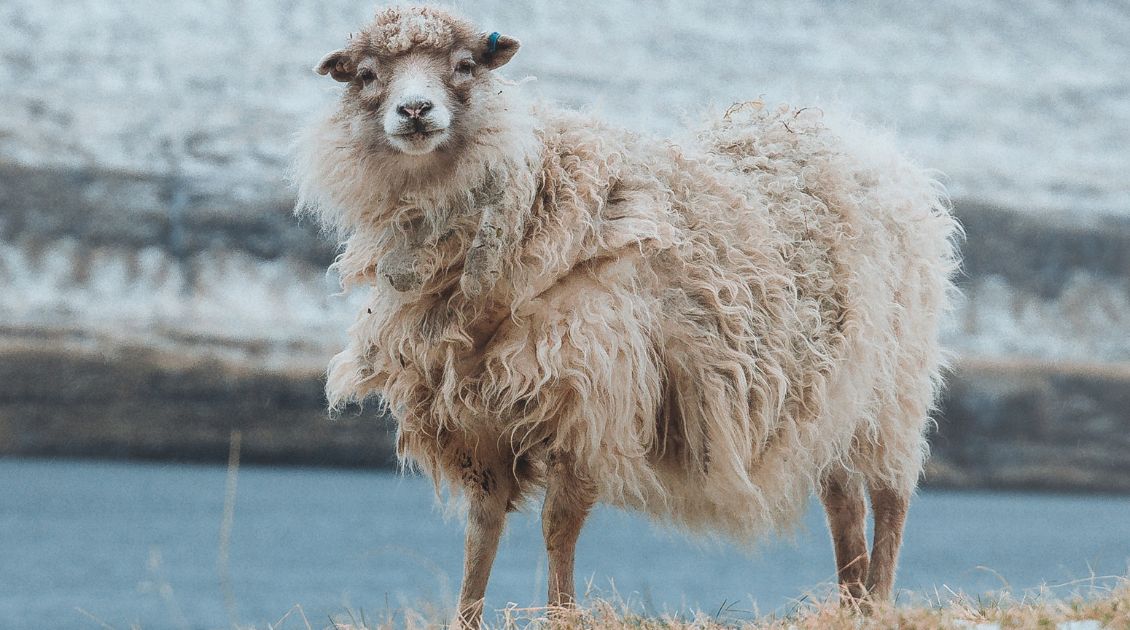
Material Guide
We have already introduced you to The Luxury Of Merino Wool and put together tips on how to take care of your wool garments. But let's have a closer look on other materials we use to create premium and chic collections for your wardrobe.how to take care of your wool garments
Cashmere
The material is obtained from a specific breed of goats - Cashmere goats. These goats are living in mountain areas so they have developed an undercoat of very thin hair to keep them warm in low temperatures. During the Spring season, when these goats naturally shed their winter coat, the undercoat wool is collected. Garments produced from or with added cashmere are very cozy. Cashmere makes your clothes very warm without making them too heavy.

Cashmere sustainability
Cashmere is biodegradable material and a renewable resource. It takes around 1 year for a cashmere article to degrade.
Cashmere product care tips
Hand wash only | Never hang the item, but fold it to avoid misshaping the knit | Keep away from heat sources and air-dry naturally
Tencel
Tencel is also known as Lyocell. It is a cellulose fiber produced by dissolving wood pulp - mostly from eucalyptus, sometimes oak or birch. Wood pulp is mixed with a solvent and this mixture is then pushed through small holes to form threads. The process is called spinning.Fabric is light and soft but at the same time very strong and doesn't wrinkle easily. Tencel has very good moisture absorbing qualities. Therefore it is perfect for basic t-shirts for every sport lover.

Tencel sustainability
Tencel is biodegradable material. Solvent used in the process is non-toxic and recyclable. Waste byproducts are reused as a source of fuel.
Tencel product care tips
Cold wash | Use mild detergent | Do not squeeze | Hang to air dry | If ironing - use medium temperature
Viscose
Viscose is also know under name 'rayon' and it is said to be 3rd most commonly used fibre. It is a cellulose based, semi-synthetic fiber. It is also produced mostly from eucalyptus like Tencel-lyocell, but also beech, pine and also other plants such as bamboo, soy and sugar cane.The fabric is soft, comfortable and breathable. It has good moisture absorbing properties. Viscose rayon was invented in Europe and UK patented the production process in 1892.
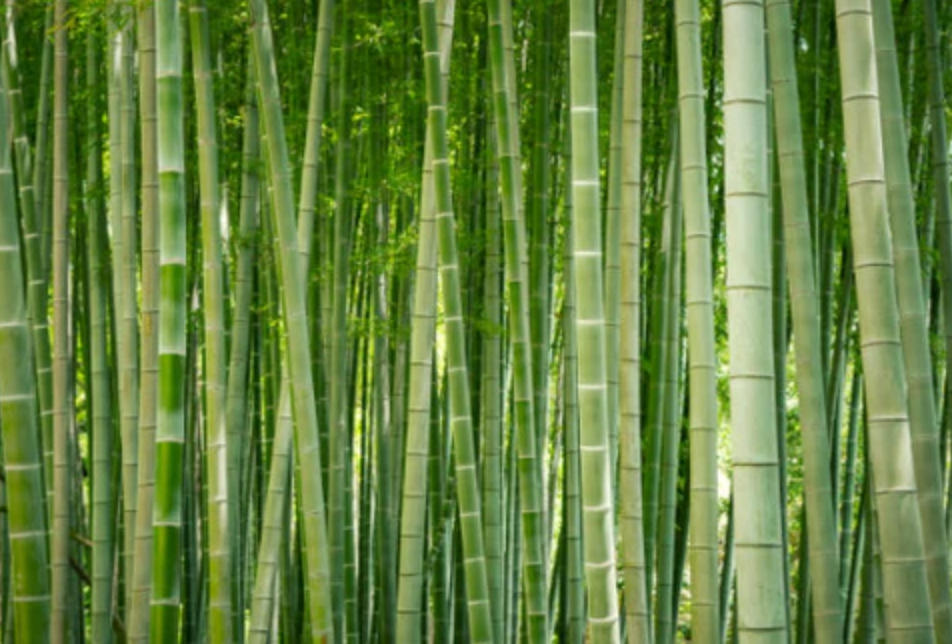
Viscose sustainability
Viscose is biodegradable and recyclable.
Viscose product care tips
Lowest temperature if ironing
Lavalan
Lavalan is a wool insulation - a fibrefill made from 100% natural and raw materials: wool and corn-based PLA (polyactic acid). Wool fibers have tiny spaces, they function as small air pockets and are able to trap body heat. The curlyness of the wool multiplies this effect which makes Lavalan a perfect thermal barrier. It will keep you dry, warm and cozy.It is made in Germany from traceable European wool.

Lavalan sustainability
Lavalan wool is renewable, recyclable and biodegradable. Sourced from European countries with strict animal welfare standards and mulesing free.
Lavalan product care tips
Hand wash or wool setting on the washing machine (30C) | Use wool detergent | Do not soak, rub, wring or iron
